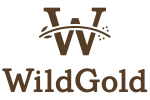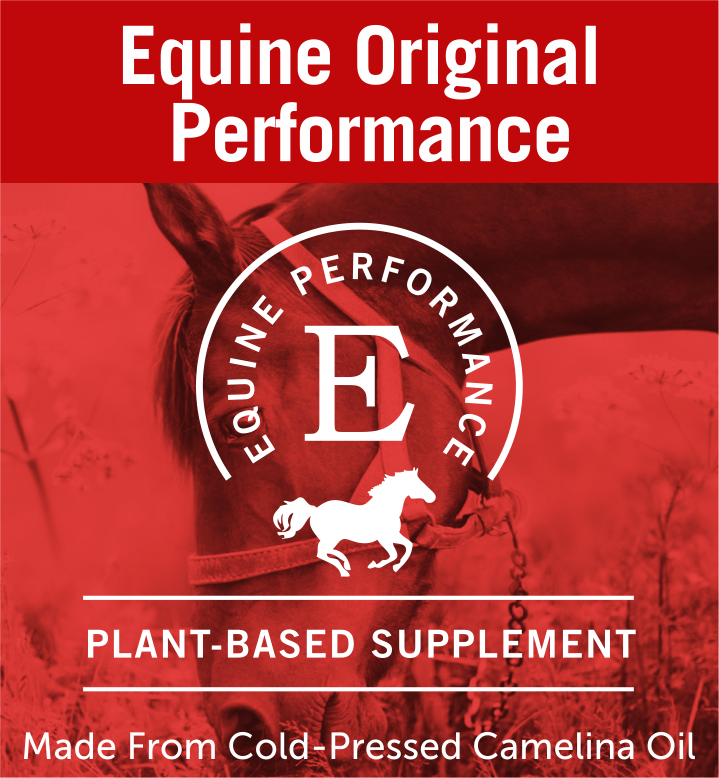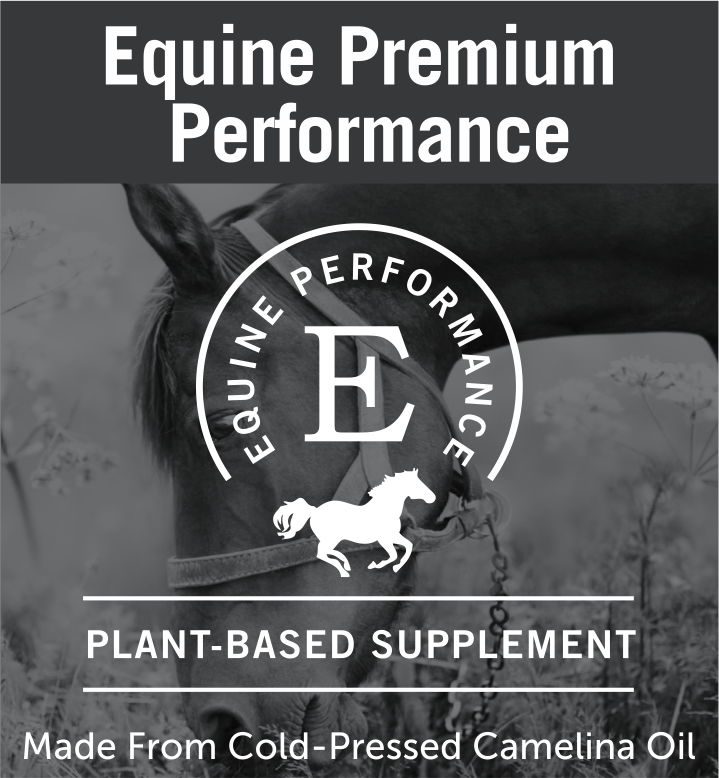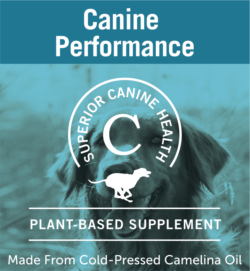Nutrition is all the buzz lately. From “which dog food is the best: grain-free or grain”, “free-choice hay for horses vs. meals”, to keto-dieting and intermittent fasting. Everyone is trying to help themselves and their animals have better nutrition. But with all the top-hit and trending information floating around, what are the KEY components of good nutrition? That’s what we will talk about here. Now, some components vary between human, dog, and horse, however the basis of nutrition is all the same.
Balance
Balance is the most important. Balance of types of fat, protein sources, good carbs, balance of vitamins, balance of types of veggies, the list goes on and on. Seeking balance can significantly change you or your animal’s nutrition. Balance is everywhere around us, yet in our modern society balance in nutrition is a lot harder with increased fast-food options, increased processed carbohydrates foods that are cheaper than wholesome foods, sugar in more drinks than not, added sugar in foods that do not need added sugar, the list goes on! In 1977 when the report “Dietary Goals for the United States” recommended that less fat and more carbohydrates should be consumed. This In order for us to have better nutrition we really need to know what it is and look harder at labels of food choices. It’s easier in our modern society to have bad nutrition than good, but good nutrition is necessity for long healthy life for you and your animals.
Fat became the enemy in the 70’s due to a poorly-executed research study on heart disease (The Obesity Code by Jason Fung). When less fat is consumed people tend to increase in carbohydrates. This creates imbalance. Fat is not the enemy. Fat and cholesterol are important for many functions in the body and supplying of important hormones. However, fat consumption needs to be balanced in the types of fats. Eliminating the modern processing “trans-fat” consumption is a must, and balancing Omega 3 and Omega 6 fats is important. Due to modern society’s food processing, many foods including dog food hay and grains, are high in Omega 6 – the inflammatory Omega. Seeking out Omega 3’s – the anti-inflammatory Omega— as a supplement or through specific food choices is essential to maintain balance in modern day society. 
Speaking of Carbohydrates, there are different types of carbohydrates— Sugar, Starches, and Fiber. Fiber has limited energy and is great for gut health. Starches are complex networks of glucose that need to be broken down in the digestive system, and sugar is almost directly glucose and quickly digested as sugar. Processing foods often removes much of the fiber and complex networking of the food. Thus, making that food a higher sugar source. Although fruits have high sugar content, if eaten whole they often have high fiber content. The balance of fiber and sugar of the fruit creates a lower sugar index that is digested. You can compare this to fruit juice which has removed most or all fiber content. This amount of sugar is the same as the whole fruit, however, most or all of the sugar will be digested immediately.
Although perfect balance is hardly achieved nor perfectionism is needed, seeking a more balanced diet of correct fats, proteins, and good carbohydrates is one step closer to healthy nutrition. Sugar is ok when in natural form within it’s fruit. Carbohydrates are ok if eaten as complex starches that retain its fiber. Fat is ok if balance of omega 3 and omega 6’s. Protein is ok when eaten from multiple sources. Wholesome food consumed appropriately is key to good nutrition.
Our Animal’s Food
Our animal’s food is often just as processed as our own. Now dog’s should have a healthy balance between fat protein and carbohydrates, whereas our horses actually survive primarily on high fiber carbohydrate diets with balance of fat and protein as the second runner-up.
Dogs
Dog food brands and types have been growing exponentially. There are so many choices, it’s hard to pick! The key problem in dog kibble is that carbohydrates must be high in order to create the kibble in the first place. With that in mind, looking for dog foods that have high protein and fat content is necessary. Any foods that have non-protein as first ingredient should greatly be avoided! Those foods are primarily carbohydrates! Now another aspect in dog foods is the lack of omega 3’s. Most fats have to be added to the food and often times the omega 6 content can be very high. Supplementing Omega 3’s is often necessary. Now dog foods that are approved by AAFCO have all the nutrients needed at a minimum. This does not mean they have appropriate balance of carbohydrates, fats, and proteins. Even raw-diet feeders must feed balanced diets. It is our own job to select the appropriate balance for our dogs.
Horses
Horses eat hay. Hay is grass, grass is mostly fiber and carbohydrates. However, hay does not have the same amount of protein and fats (often Omega 3 fats) as fresh grass does. Often-times the mineral and vitamin content is also altered when grass is turned to hay. Now, there is a large amount of us owners that cannot provide fresh pasture grass for our horses and must resort to hay. This is fine. We can still provide balance to our horse’s nutrition. We just must understand what is lacking. Fat is lower in hay. Mineral imbalances are due to region, fertilizers, lack of permaculture, or mass-production. Grass hays are significantly lower in sugars than grain hays (oat, barley, etc.) and alfalfa hay. Horses need low sugar and high fiber, thus grass hay has the balance closer to necessary diet for horses. Adding fat supplements and appropriate mineral and vitamin supplements is important for horse to have balance of Omega 3s, fat, minerals, and vitamins.
When to Eat
“Snacking is an elaborate Big Food deception” – Summary of Jason Fung’s The Obesity Code by Sumoreads.
When to eat is key for nutrition. This is where human and dog’s greatly differ from horses, so we will speak about them separately. Humans and dogs are meal-eaters. Our body works best with well-spaced out meals and proper amount of fasting (time not eating food). Free-feeding dogs and snacking in humans is against the bodies natural balance of storing and using nutrients. When there is a lack of time between meals (minimum 6 hours for humans – Dr. Jason Fung’s Obesity Code), the body stays in a constant storage mode. When the body keeps storing, the body gets excess sugar in the blood (high blood-sugar), gets extra fat accumulation, gets extra cholesterol (high cholesterol). Obesity is the result and dogs and humans have had an increase in obesity in modern society. Limiting adult dogs to 2 meals a day and humans to meals no less than 6 hours apart, can greatly balance the body’s functions. The body will go into storage during eating and go into uses of sugar and cholesterol when not eating. A ying to the yang and a yang to the ying. Balance.
Now for horses, it is much the opposite. Horses are designed to eat about 18 hours out of day. They evolved by moving from grass plains to grass plains. We often shove our horses into our daily human schedules of meals. However, lack of constant high fiber forage can lead to stomach ulcers, behavioral issues, and even colic. For a horse’s digestive system to be balanced and functioning properly they must eat slowly throughout the day and move as often and freely as possible.
In Closing
Although modern society has created an easier time eating without balance, finding balance is possible. With modern society came vast knowledge at a “Google” search away. We can all be better for ourselves and our animals by learning what it takes to have good nutrition and diving headfirst into the new lifestyle. Limited processed foods, added omega 3 and good fat supplements, balanced food sources, and appropriate eating intervals can greatly balance you and your animal’s nutrition.




